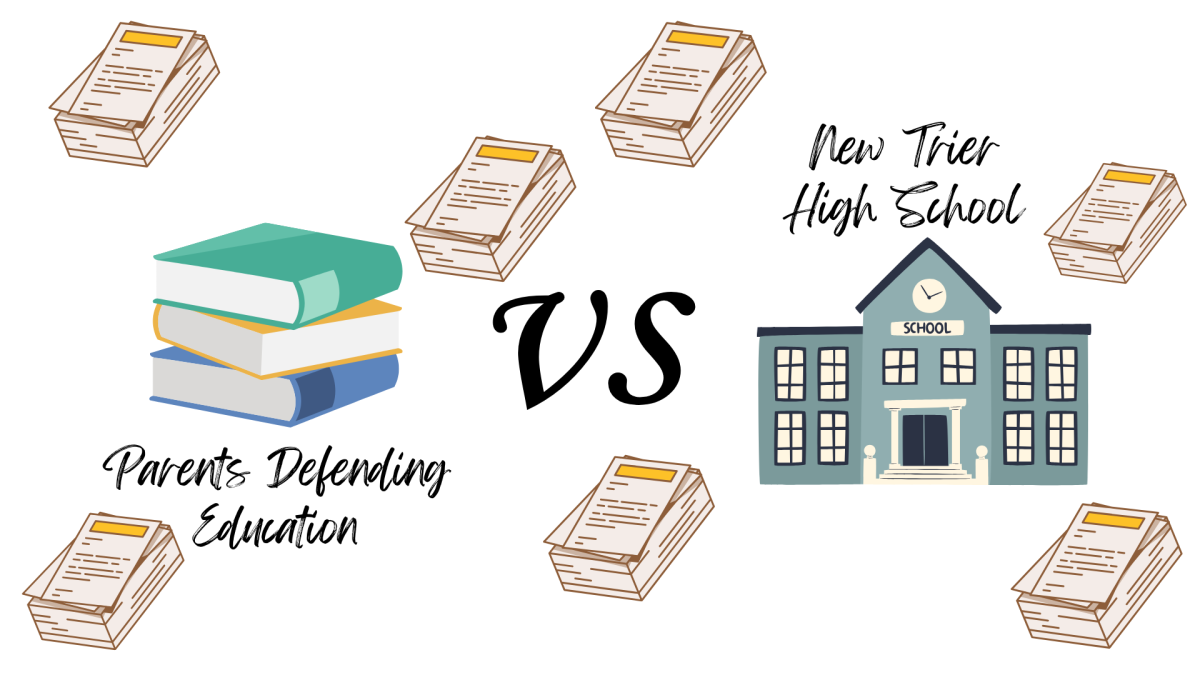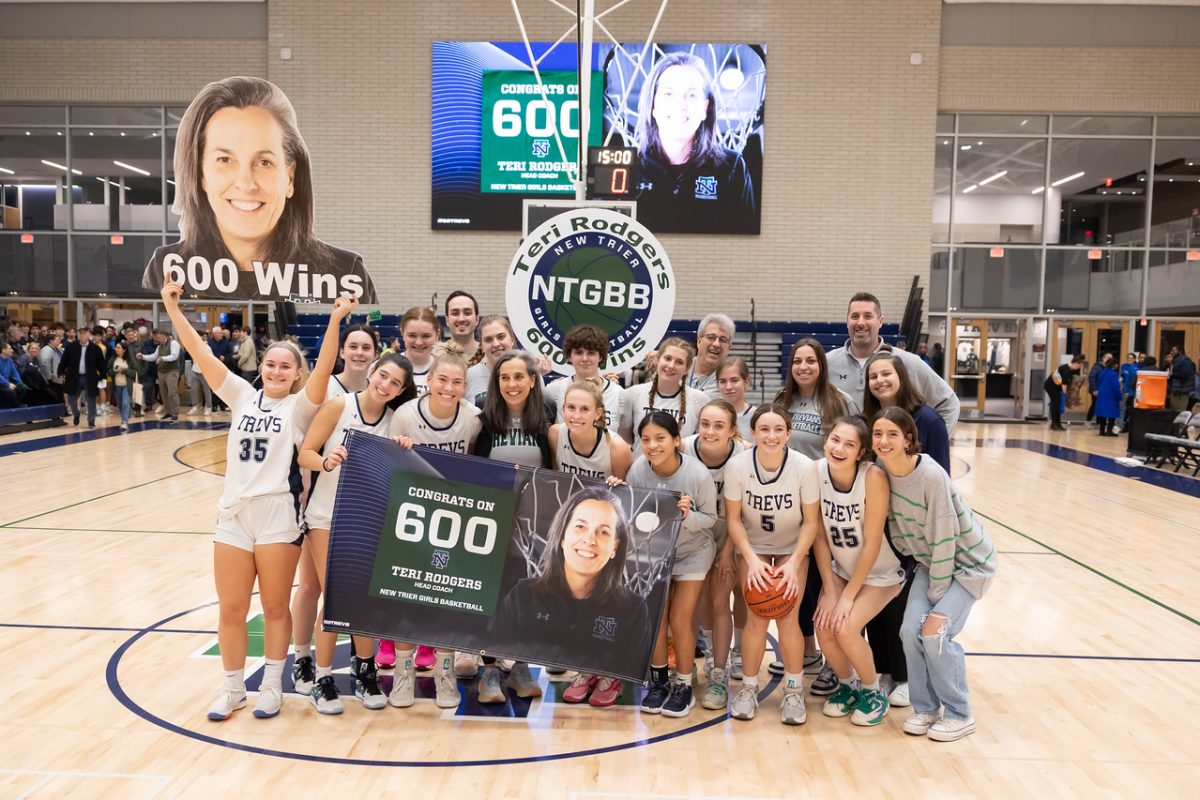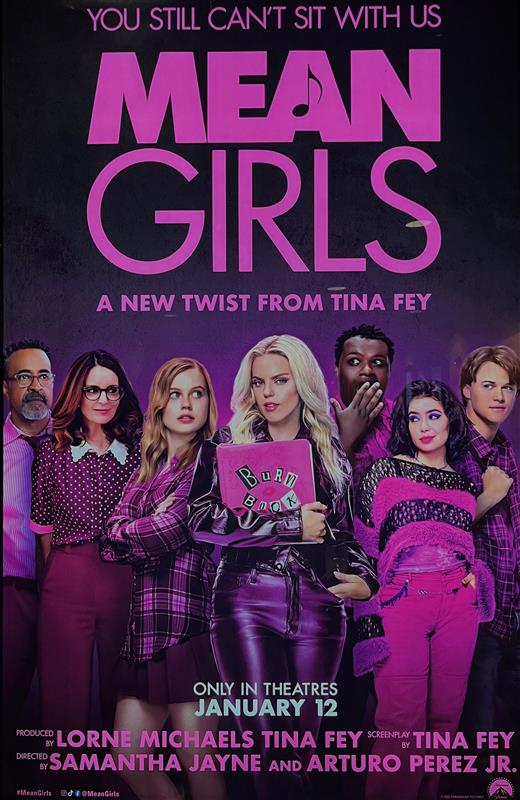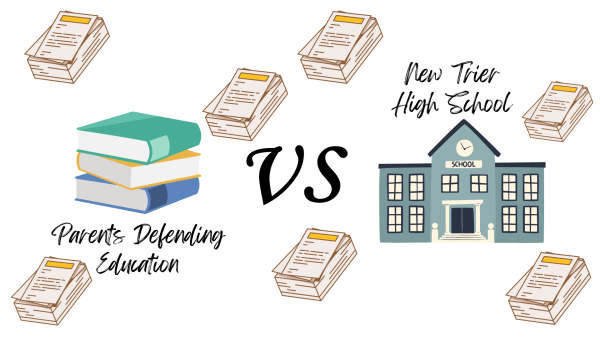Suit alleges racial bias against Asian-Americans
Students for Fair Admissions call for Harvard’s admission records made public
The group “Students for Fair Admissions” filed a lawsuit against Harvard university on behalf of Asian-American students, demanding for the school’s admission records be released to the public.
Asian-American students claim that they have been penalized by colleges due to the high average academic achievement of their race.
The case includes evidence that shows higher average SAT scores for Asian-American applicants to Harvard along with data that shows higher rejection rates among highly qualified Asian-American students.
Supporting the Asian-American students is the Department of Justice and the Trump administration, who are actively investigating Harvard among other private schools to ensure that admission processes do not involve a kind of quota system for race.
They have successfully pushed the court date forward and as of now it will likely take place in October.
Affirmative action ensures that different minorities and social groups are represented at a certain college. While that may seem like a fair thing for admissions officers to be considering, it can make other social groups suffer, including those that have more qualifying applicants on paper.
“I feel like all schools do this and it hurts students coming from wealth because they don’t fill quotas. We have a good life and a lot of money so that might give us an advantage but that still makes it frustrating,” said junior Matthew Kirby. “I think colleges should just take the smartest or most qualified kids; gender, race, etc. shouldn’t matter.”
In 1997, the University of Michigan was sued by a white student who claimed that members of minority races were granted admission instead of her despite their lower grades and test scores.
This led to similar court cases involving public colleges in following years, many placing the 1964 Civil Rights Act and a 1978 “Bakke” Supreme Court ruling that supported affirmative action side by side.
In 2013, the Supreme Court banned the use of racial, religious, or other defining criteria as a factor in admissions for public colleges, but left the door open for private institutions.
For example, it’s easier to get into Notre Dame if you’re Catholic. The same goes for Cornell if you’re a legacy. Conversely, the acceptance rate at Brown University is 40% higher for men than women, as they attempt to close their gender gap. While these practices are technically legal, placing specific quotas for races of admitted students is not.
The fact that many colleges seek diversity is no secret for New Trier students; admission chances often seem as if they are smaller at certain colleges due to our academic achievement as one high school.
“Is an ‘A’ at New Trier the same as an ‘A’ at Highland Park or Lane Tech? I don’t know. It’s really difficult for schools to be completely objective in the admissions process. If all kinds of diversity on their campus is a priority, then it will show up in their demographics.” said Post High School Counselor James Conroy.
The main goal of most colleges is not to discriminate; rather, it is to make sure their campus is diverse in as many ways as possible, including race. The problem is that easier for some means harder for others.
“It doesn’t surprise me that private schools are factoring in race into their admissions,” said Conroy. “Colleges these days want their campus to be as diverse as possible. As a private institution, they can prefer students that come from certain locations, nationalities, wealth, and even race if they so choose and that will consequently make acceptance harder for some groups.”
Called “reverse discrimination” by some, affirmative action seeks those who have experienced discrimination in the past, giving them an equal playing field with other, more fortunate social groups.
At top public schools that don’t consider race, the number of Asian students is typically higher, while the black population is typically lower. For example, University of California at Berkeley contains 35% Asian-American, 27% white, and just 2% black students. At neighboring Stanford, the Asian-American population is just 21%, while the African-American student population is over twice as high at almost 7%.
“I think [racial consideration] balances out in the end because even though it’s harder for kids like us to get in, some of the other kids applying went to worse high schools and don’t have the same kind of money,” said junior Noah Osher.
In the 1920s, Harvard was afraid that a high percentage of Jewish students would overflow its campus, so they made adjustments to their admissions policies by looking at a more “holistic review,” thus decreasing the number of Jews admitted substantially. Almost century later, they may be doing the same thing with race.









































